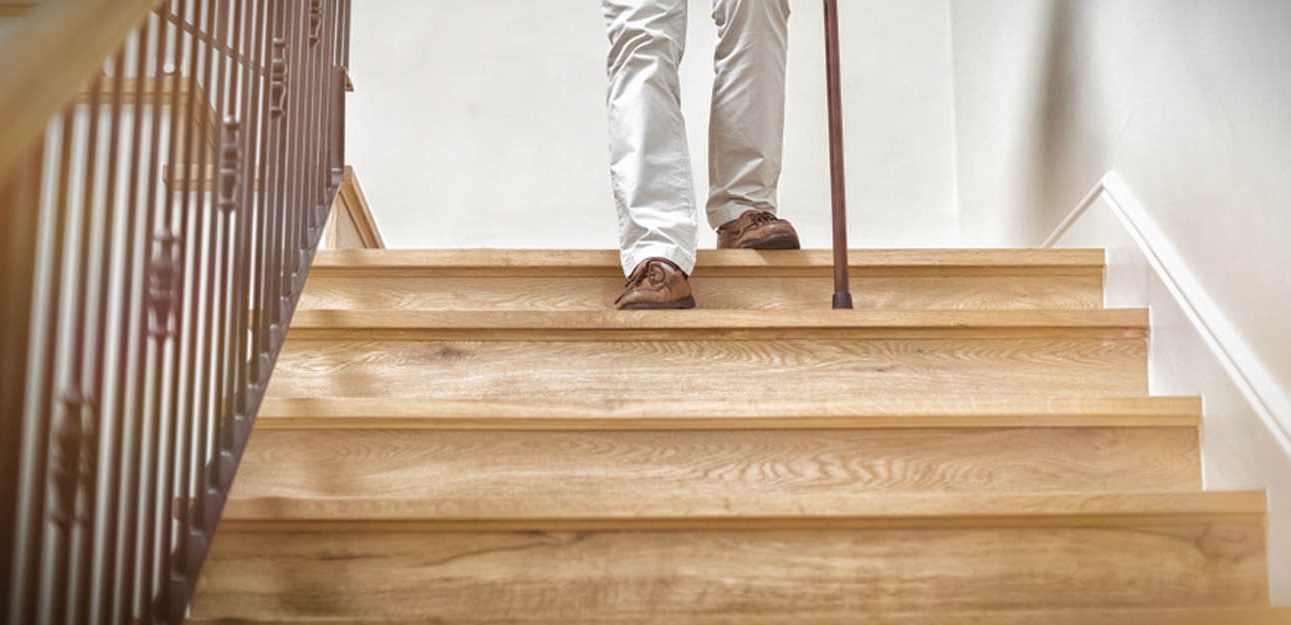

Articles
How To Make Stairs Safer For Elderly
Modified: January 5, 2024
Make stairs safer for elderly with these helpful articles. Learn tips and techniques to prevent slips, trips, and falls.
(Many of the links in this article redirect to a specific reviewed product. Your purchase of these products through affiliate links helps to generate commission for Storables.com, at no extra cost. Learn more)
Introduction
As people age, they may face various challenges in carrying out their daily activities, including navigating stairs. Stairs can pose a significant risk for the elderly, as they can be slippery, steep, and lack proper support. Falls on stairs can result in serious injuries, leading to reduced mobility and a diminished quality of life.
To ensure the safety and well-being of elderly individuals, it is essential to make modifications to the stairs in their homes. By implementing some simple yet effective measures, we can significantly reduce the risk of accidents and create a safer environment for them.
In this article, we will explore different strategies to make stairs safer for the elderly. We will discuss the importance of assessing risk factors, installing handrails, adding non-slip treads, improving lighting, clearing clutter and obstacles, using stair lifts or elevators, and the importance of maintaining and repairing stairs.
By following these steps, you can help minimize the risk of falls and enhance the overall safety of the stairway, allowing elderly individuals to maintain their independence and mobility while navigating their homes comfortably and confidently.
Key Takeaways:
- Prioritize the safety of elderly individuals by assessing risk factors, installing handrails, adding non-slip treads, improving lighting, and clearing clutter to create a secure environment for navigating stairs.
- Consider utilizing stair lifts or elevators for individuals with mobility challenges, and ensure regular maintenance and prompt repairs to uphold the safety and longevity of stairs.
Read more: How To Get Elderly Up Stairs
Assessing the Risk Factors
Before making any modifications to the stairs, it is crucial to assess the existing risk factors. This involves identifying potential hazards and evaluating the current condition of the stairs.
Start by examining the design and layout of the stairs. Are they steep or uneven? Are there any loose or broken steps? These factors can increase the likelihood of tripping and falling. Additionally, consider the width of the steps. Narrow steps can make it challenging for elderly individuals to maintain balance while ascending or descending.
Next, examine the condition of the handrails, if any are present. Are they securely fastened to the wall? Are they at the appropriate height? Handrails provide crucial support and stability, so it is essential that they are in good condition and easily accessible.
Another important aspect to consider is the presence of potential tripping hazards. Look for loose carpets, rugs, or mats on the stairs that can cause individuals to stumble. Additionally, check for clutter or objects that may obstruct the path, such as shoes, books, or toys.
Once you have assessed these risk factors, you can prioritize the necessary modifications to make the stairs safer for the elderly. By addressing these hazards, you can help reduce the chances of falls and provide a more secure environment for navigating the stairs.
Installing Handrails
One of the most effective ways to enhance the safety of stairs for the elderly is by installing handrails. Handrails provide crucial support and stability, improving balance and confidence while navigating the stairs.
Firstly, it is important to determine the right height for the handrails. The standard recommendation is to install handrails at a height of 34-38 inches from the stair nosing. This ensures that individuals can easily reach and grip the handrail without straining or bending over.
When installing handrails, it is essential to ensure that they are securely fastened to the wall. Use sturdy brackets and screws to attach the handrails, ensuring that they can withstand the weight and pressure applied during use. It is advisable to consult a professional or follow local building codes to ensure proper installation.
In addition to the height and installation, the material of the handrail is also important. Opt for a material that provides a comfortable grip, such as wood or metal with a textured surface. Avoid materials that may become slippery when wet, such as certain types of metal or plastic.
Consider installing handrails on both sides of the stairs, if possible. This allows individuals to have support on either side, increasing stability and confidence while ascending or descending. By having handrails on both sides, individuals can also switch hands, minimizing fatigue during longer staircases.
Regular maintenance of the handrails is crucial to ensure their effectiveness and longevity. Check for any loose screws or brackets and promptly tighten or replace them as needed. Additionally, keep the handrails clean to prevent the buildup of dirt or grime, as this can reduce grip and increase the risk of slipping.
By installing secure and well-maintained handrails, you can significantly reduce the risk of accidents and provide a reliable support system for the elderly while using the stairs.
Adding Non-Slip Treads
Another crucial step in making stairs safer for the elderly is adding non-slip treads. Non-slip treads are specially designed materials that provide increased traction and grip, reducing the risk of slips and falls.
There are various types of non-slip treads available on the market, including adhesive strips, rubber mats, carpet treads, and specialized stair tread covers. Before selecting the appropriate option, consider the design and material of your stairs, as well as the specific needs of the elderly individuals using them.
When installing non-slip treads, ensure that they cover the entire width and depth of each step. This provides maximum coverage and minimizes the chances of slipping. Follow the manufacturer”s instructions for proper installation, taking care to place the treads securely and evenly on each step.
Before installing the treads, thoroughly clean and dry the surface of the steps. Any dirt or moisture can affect the adhesion of the treads and compromise their effectiveness. Additionally, regularly clean the treads to remove any debris or dirt that may reduce their grip over time.
It is important to note that while non-slip treads can significantly enhance the safety of stairs, they may require periodic replacement or maintenance. Over time, the treads may wear out or lose their effectiveness, especially with heavy use. Regularly inspect them for signs of deterioration and replace them as necessary to ensure continued safety.
Furthermore, if you decide to use carpet treads, make sure that they are securely fastened to the steps. Loose or wrinkled carpet treads can become a tripping hazard, so proper installation and maintenance are crucial.
By adding non-slip treads to the stairs, you can provide an extra layer of safety and reassurance for the elderly. These treads enhance traction and grip, reducing the chances of slips and falls, and creating a more secure environment for navigating the stairs.
Improving Lighting
An often overlooked aspect of stair safety for the elderly is adequate lighting. Poor lighting conditions can make it difficult for individuals to see the steps clearly, increasing the risk of tripping and falling. By improving the lighting in the stair area, you can enhance visibility and create a safer environment.
Start by evaluating the existing lighting in the stairway. Is it sufficient? Are there any dark spots or shadows that can obscure the steps? Ideally, the stairway should be well-lit from both top to bottom and from side to side. Installing bright overhead lights or wall-mounted fixtures can significantly improve visibility.
In addition to the general lighting, consider adding specific lighting options for the steps themselves. This can be accomplished by installing step lights or strip lighting along the edge of each step. These lights provide a clear outline of the steps, making them easily visible even in low-light conditions.
Incorporate motion sensor lights into the stairway to ensure that the area is well-illuminated when someone approaches. This eliminates the need to fumble for switches in the dark and provides immediate illumination when needed.
Pay attention to the type of light bulbs used in the stairway lighting. Opt for brighter, white light bulbs that mimic daylight. These bulbs provide better visibility and help individuals see the steps more clearly.
Regular maintenance of the lighting fixtures is essential to ensure their effectiveness. Check the bulbs regularly and replace any burnt-out ones promptly. Also, keep the fixtures clean to prevent the buildup of dust or dirt, which can reduce the brightness of the light.
By improving the lighting in the stairway, you can significantly reduce the risk of accidents for the elderly. Better visibility allows them to navigate the steps with confidence and ease, ensuring a safer and more comfortable experience.
Install handrails on both sides of the stairs to provide support and stability for the elderly. Make sure the handrails are securely attached and at a comfortable height for gripping.
Read more: How To Make A Bathtub Safe For The Elderly
Clearing Clutter and Obstacles
One of the simplest yet often neglected ways to make stairs safer for the elderly is by clearing clutter and removing obstacles from the stairway. Objects or debris on the steps can pose a significant tripping hazard, increasing the likelihood of accidents.
Start by thoroughly inspecting the stairs and removing any unnecessary items. Keep the steps free from loose items such as shoes, toys, or books. These objects can easily be missed and cause individuals to stumble or lose their balance.
Ensure that there are no loose carpets or mats on the steps. Loose or wrinkled carpets can create an uneven surface and make it challenging for elderly individuals to maintain their balance. Secure carpets or mats with proper adhesives or non-slip pads to prevent movement.
Consider the presence of pet items like food bowls, leashes, or litter boxes near the stairs. These items can also create obstacles and increase the risk of trips and falls. Find an alternate location for these items, away from the stair area.
In addition to removing clutter, it is important to maintain a clear and unobstructed path on the stairway. Avoid placing furniture or objects near or on the steps, as they can obstruct the way and make it difficult to navigate. Ensure that handrails are not obstructed by furniture or decorations, as this can compromise their effectiveness.
Regularly inspect the stairway for any loose or broken steps, rails, or carpeting. Secure or repair these elements promptly, as they can contribute to accidents. Additionally, keep the stairwell well-lit and clean from dirt or debris, as these can also increase the risk of slipping.
By keeping the stairs free from clutter and obstacles, you create a safer and more accessible environment for the elderly. A clear and unobstructed pathway allows for easier navigation and reduces the potential for accidents.
Using Stair Lifts or Elevators
In situations where the stairs pose a significant challenge for the elderly, utilizing stair lifts or elevators can be a game-changer. These assistive devices provide a safe and convenient way for individuals with mobility issues to navigate between different levels of their home without the need for climbing stairs.
A stair lift is a motorized chair that travels along a track mounted to the staircase. The user simply sits on the chair and operates the controls to glide up or down the stairs. Stair lifts are available in various models, including straight stair lifts for standard staircases and curved stair lifts for more complex and curved stairways.
To install a stair lift, a professional assessment of the staircase is necessary to determine the most suitable model and ensure proper installation. The track is securely mounted to the stairs or the wall, and the chair is equipped with safety features such as seat belts and sensors to detect obstacles.
Elevators are another option for multi-level homes. This requires more extensive installation and may involve building modifications, but it offers a convenient and accessible solution for individuals with limited mobility. Elevators can be installed in a dedicated shaft or retrofitted into existing spaces, depending on the layout of the home.
Consulting with a professional mobility specialist or contractor is crucial when considering the installation of a stair lift or elevator. They can assess the specific needs and requirements of the individual and recommend the most suitable option.
It is important to note that while stair lifts and elevators provide a significant level of convenience and safety, they can be expensive and may not be feasible for everyone due to budget constraints or space limitations. In such cases, it is essential to explore other modifications and safety measures to make the stairs as safe as possible.
By utilizing stair lifts or elevators, the elderly can maintain their independence and access different levels of their home without the physical strain and risk of falls associated with climbing stairs. These assistive devices can greatly enhance mobility and quality of life for individuals with limited mobility.
Maintaining and Repairing Stairs
Maintaining and repairing stairs is a crucial aspect of ensuring their safety for the elderly. Over time, wear and tear, as well as environmental factors, can compromise the structural integrity of the stairs, increasing the risk of accidents. Regular maintenance and prompt repairs are essential to keep the stairs in optimal condition.
Inspect the stairs regularly for any signs of damage or deterioration. Look for loose or broken steps, cracked or damaged handrails, and any other structural issues. Address these problems promptly to prevent further damage and to maintain a safe environment.
If you notice any loose or wobbly steps, secure them immediately. Use screws or nails to tighten the steps and ensure they are securely attached to the stair framework. If necessary, consider replacing any steps that cannot be adequately repaired.
Check the handrails for stability and functionality. Ensure they are firmly attached to the wall and that they can support the weight of individuals. Repair any loose or damaged handrails promptly, and consider adding additional support if needed.
Clear any debris or dirt from the stairs regularly. A buildup of dirt or leaves can make the steps slippery and increase the risk of falls. Sweep or vacuum the stairs regularly, paying attention to the edges and corners where dirt tends to accumulate.
Inspect the lighting fixtures on the stairs and ensure that they are in proper working condition. Replace any burnt-out bulbs and clean the fixtures to maintain adequate lighting. Well-lit stairs provide better visibility and contribute to overall safety.
In areas with extreme weather conditions, such as rain or snow, take extra precautions to prevent moisture damage. Ensure that outdoor stairs have proper drainage to avoid water accumulation. Consider adding mats or non-slip treads designed for outdoor use to enhance traction.
Regular maintenance of the stairs is essential, but it is equally important to address any repairs as soon as they are identified. Ignoring structural issues or delaying repairs can lead to further damage and increased safety risks.
If you are unsure of how to properly maintain or repair the stairs, consult a professional contractor or handyman who specializes in stair maintenance. They can assess the condition of the stairs and provide the necessary repairs or maintenance to ensure their safety and longevity.
By regularly maintaining and addressing any necessary repairs, you can extend the lifespan of the stairs and create a safer environment for the elderly. Proper maintenance is key to preventing accidents and preserving the integrity of the stairs.
Conclusion
Making stairs safer for the elderly is of paramount importance to ensure their well-being and independence. By assessing the risk factors, installing handrails, adding non-slip treads, improving lighting, clearing clutter and obstacles, and utilizing stair lifts or elevators when necessary, we can improve the safety of stairs and reduce the chances of falls and injuries.
Assessing the risk factors involves identifying potential hazards such as steep or uneven steps and ensuring the handrails are secure and at the correct height. Installing handrails provides vital support and stability, helping individuals maintain balance while navigating the stairs.
Adding non-slip treads enhances traction and grip, reducing the risk of slips and falls. Improving lighting ensures better visibility on the stairs, reducing the chance of accidents. Clearing clutter and maintaining a clear path minimizes tripping hazards and obstacles.
In cases where stairs present significant challenges, stair lifts or elevators provide a safe and convenient solution, allowing individuals to navigate different levels of their homes without climbing stairs.
Regular maintenance and prompt repairs are crucial in maintaining the safety of stairs. Regular inspections, securing loose steps, repairing handrails, clearing debris, and addressing any structural issues are essential for long-term safety.
By implementing these strategies, we can create a safer environment for the elderly, reducing the risk of falls and injuries on stairs. These modifications and measures allow them to maintain their independence, mobility, and confidence in navigating their homes.
Remember, the safety of the elderly is paramount, and even minor adjustments can make a significant difference. By prioritizing their well-being and taking the necessary steps to make stairs safer, we can create an environment that promotes their comfort, dignity, and overall quality of life.
Frequently Asked Questions about How To Make Stairs Safer For Elderly
Was this page helpful?
At Storables.com, we guarantee accurate and reliable information. Our content, validated by Expert Board Contributors, is crafted following stringent Editorial Policies. We're committed to providing you with well-researched, expert-backed insights for all your informational needs.
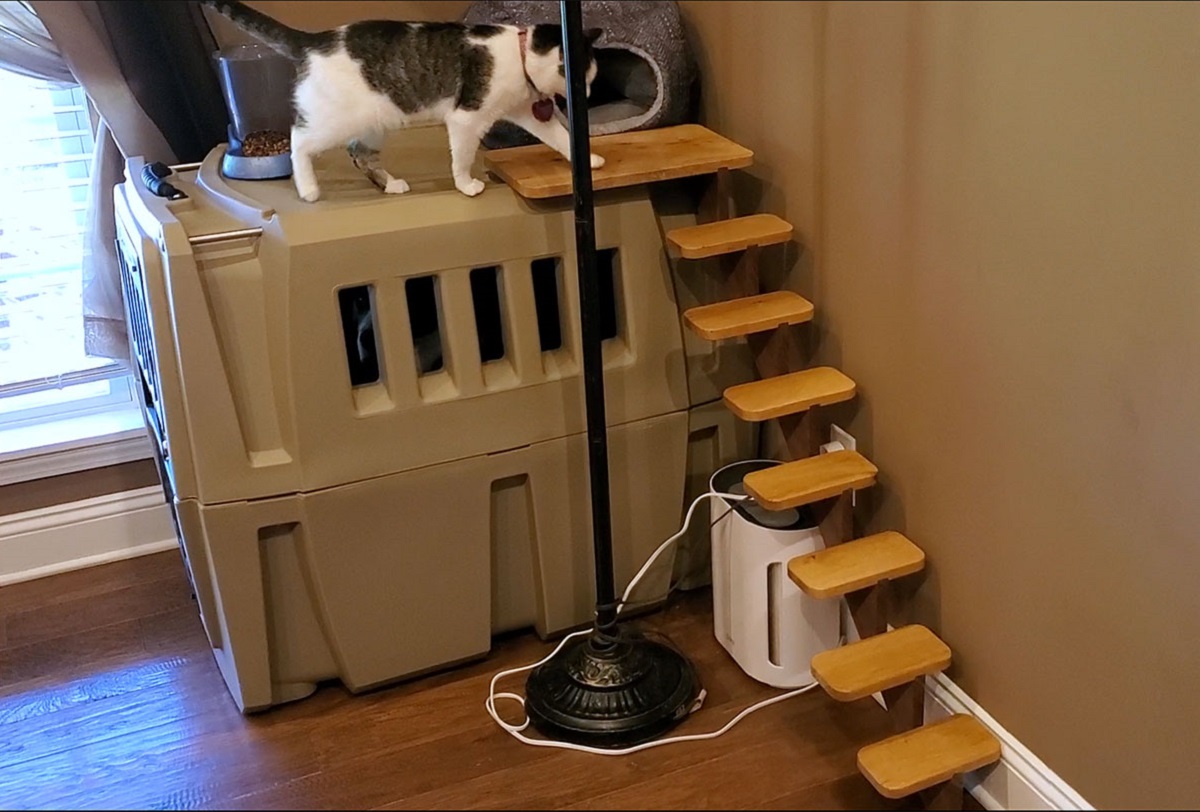
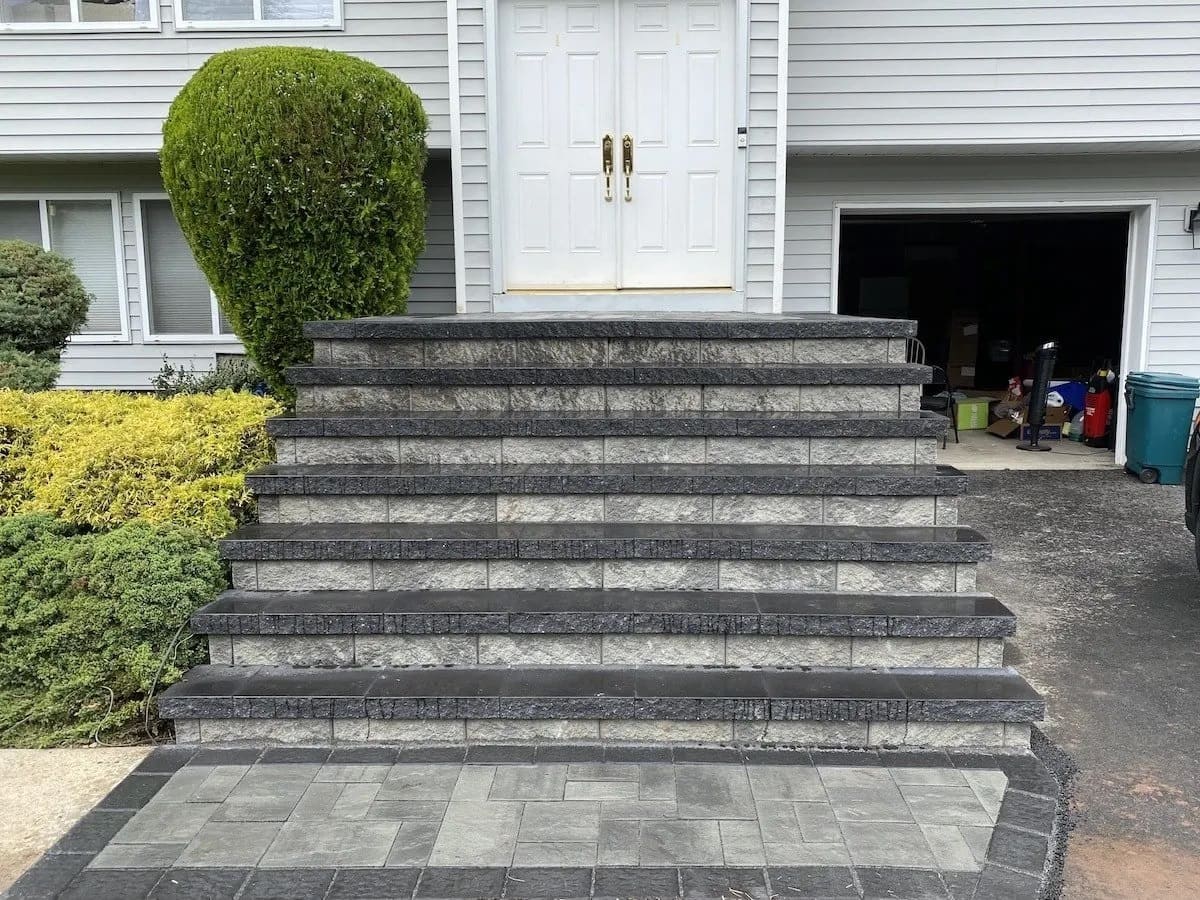
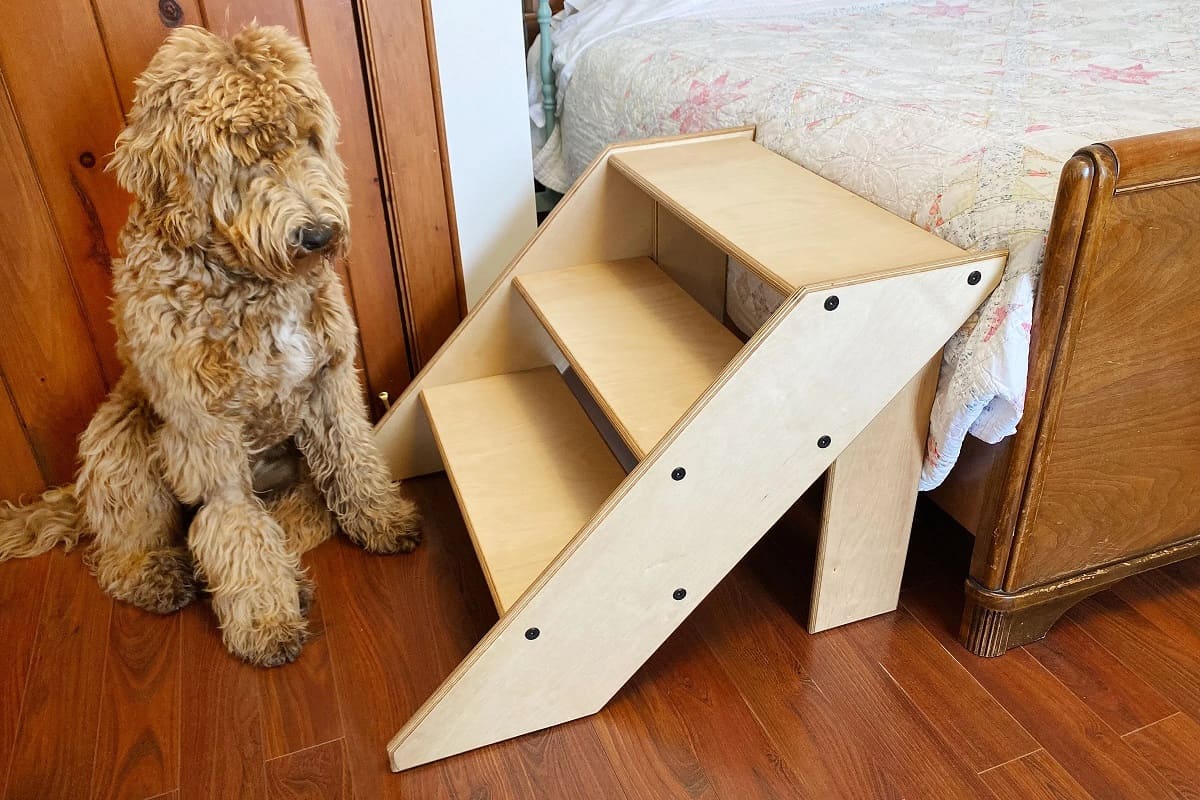
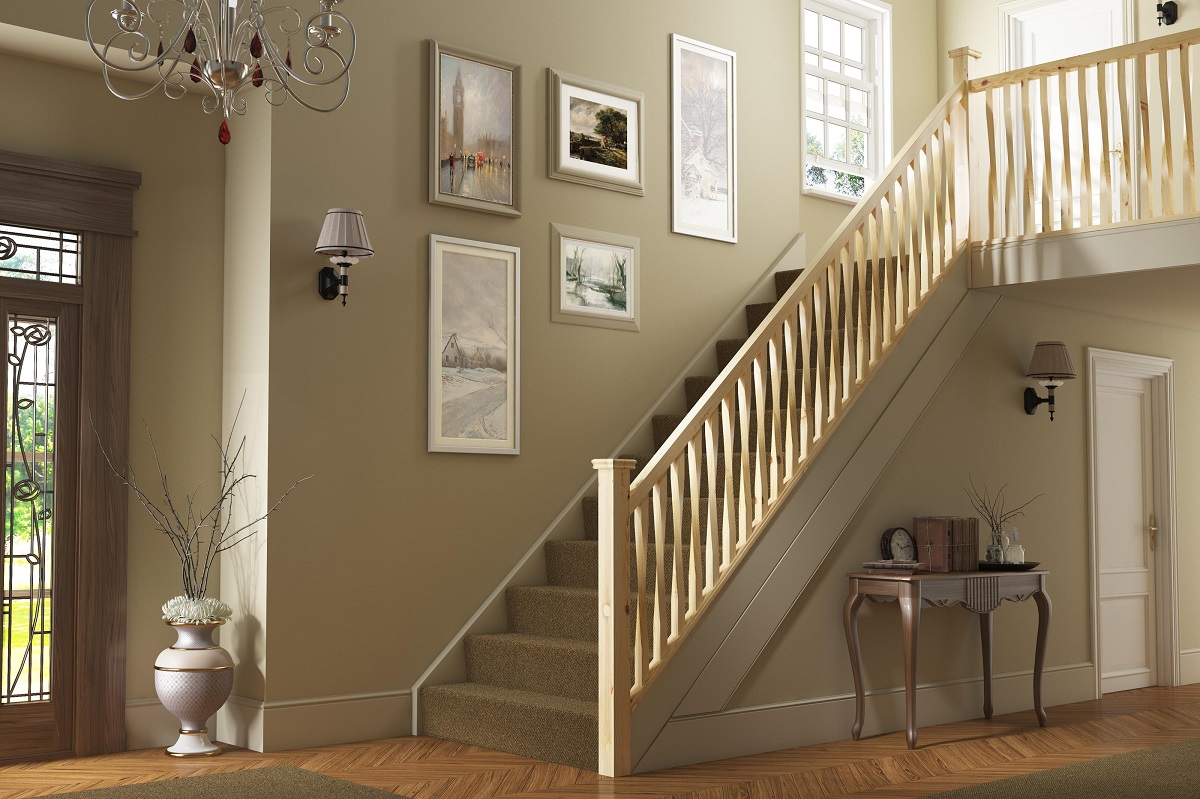
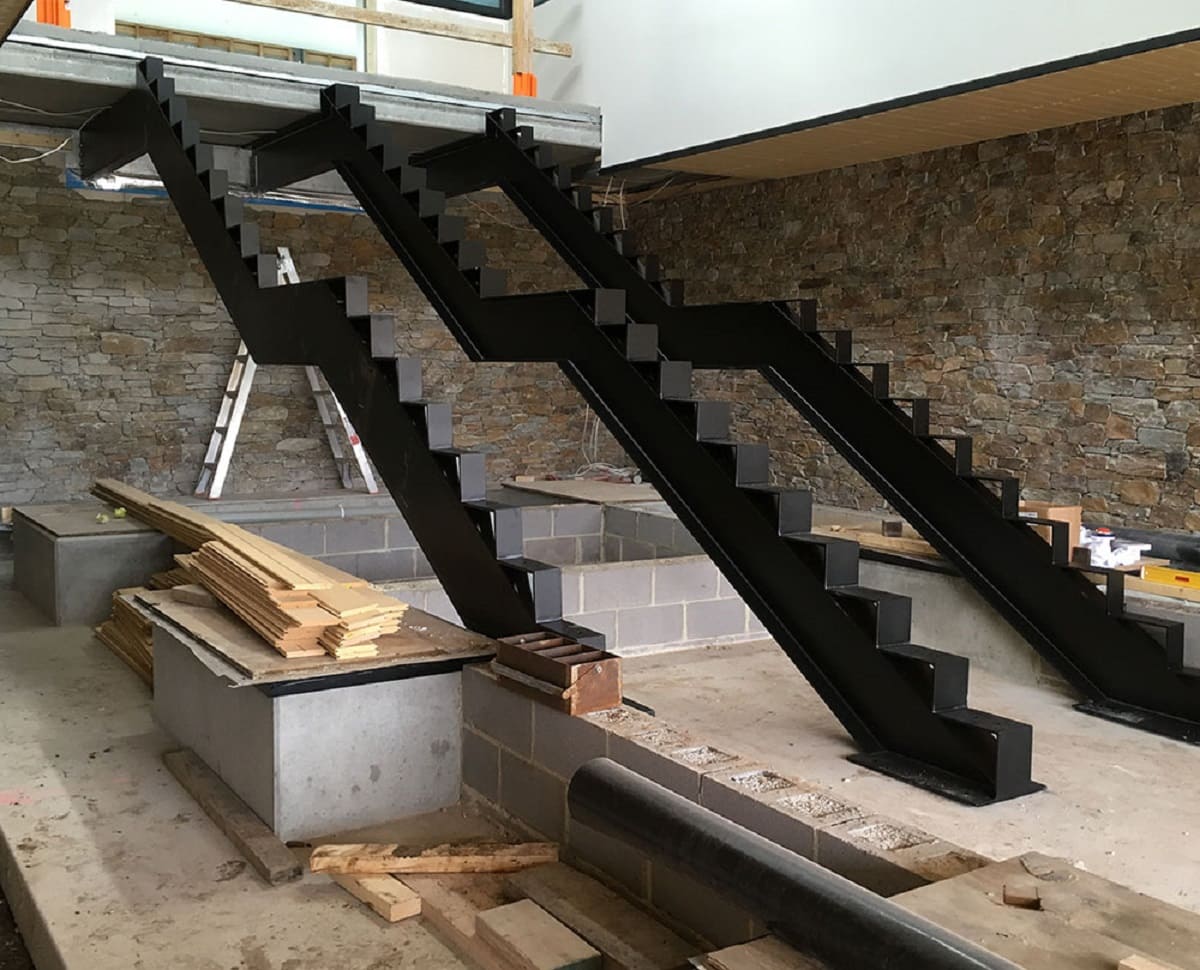
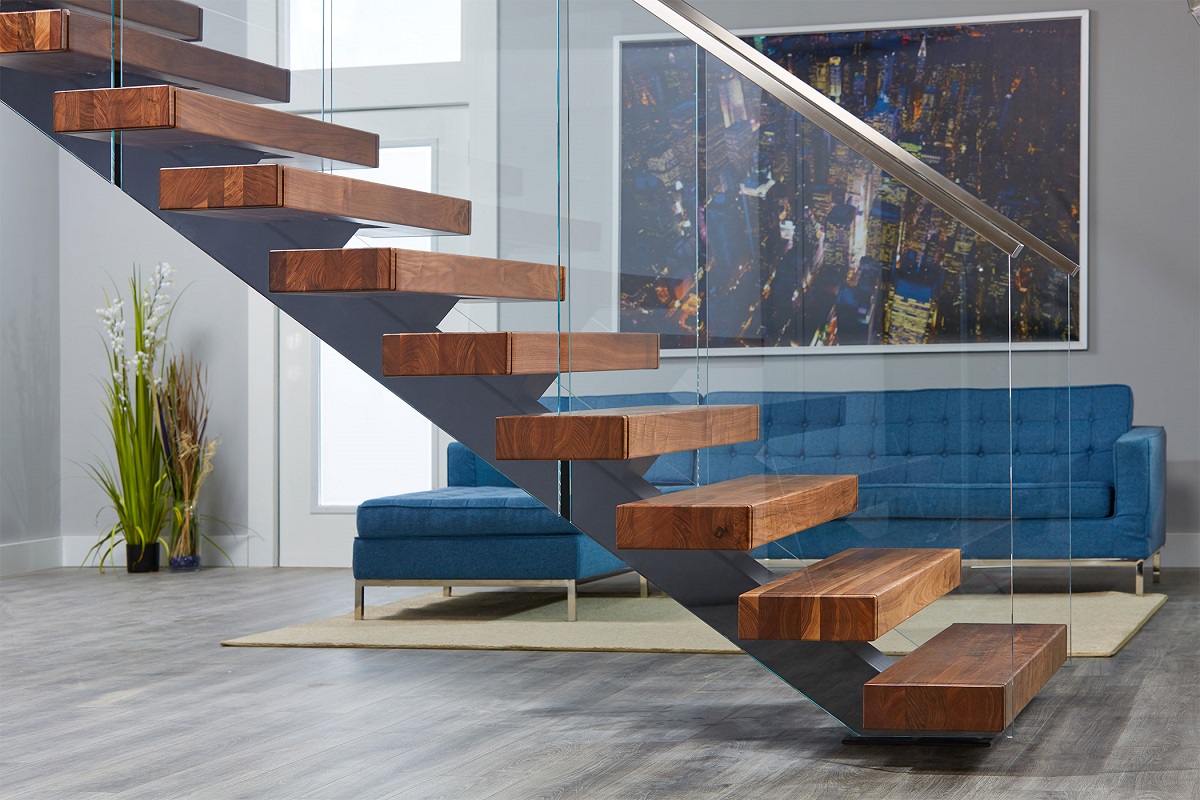
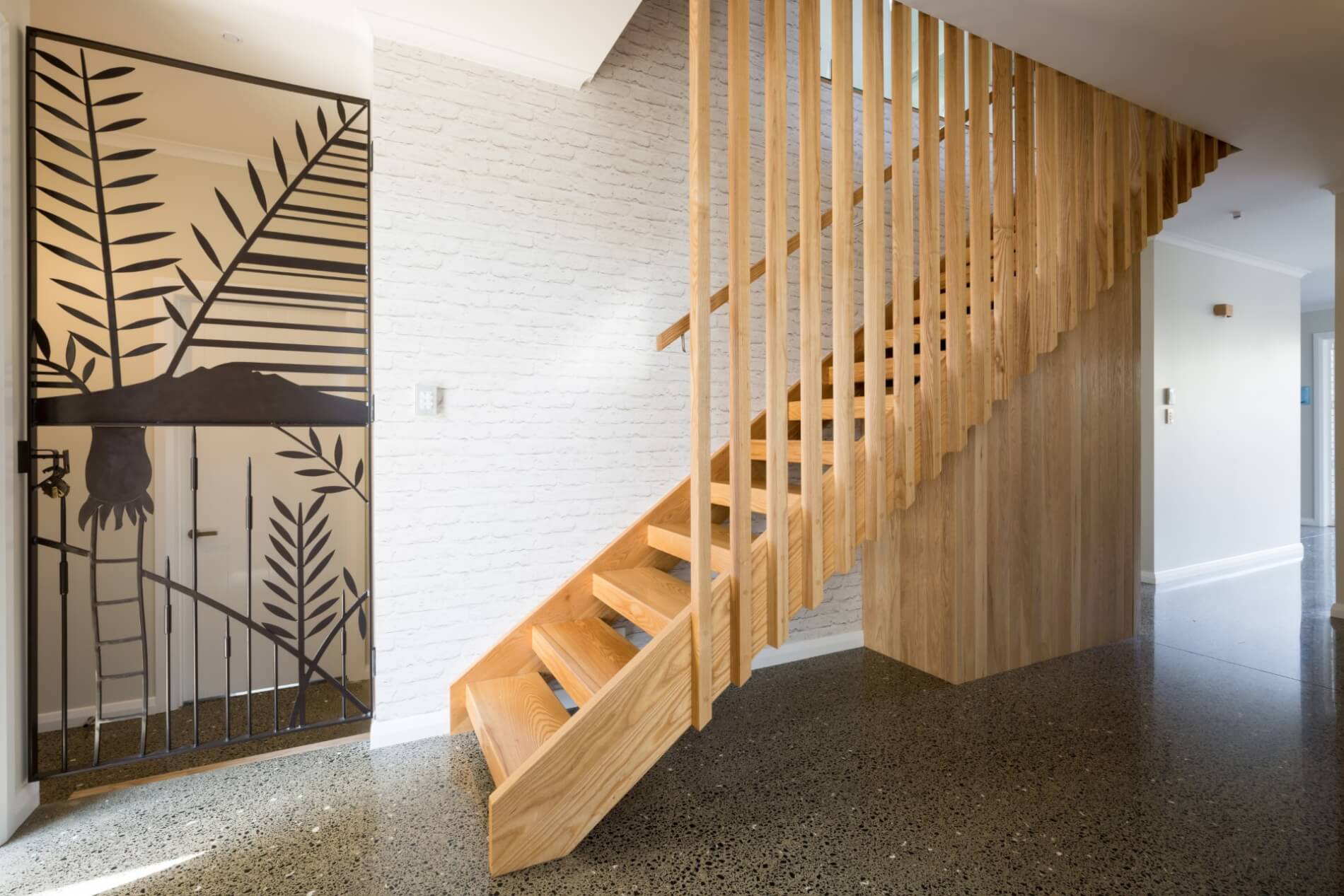
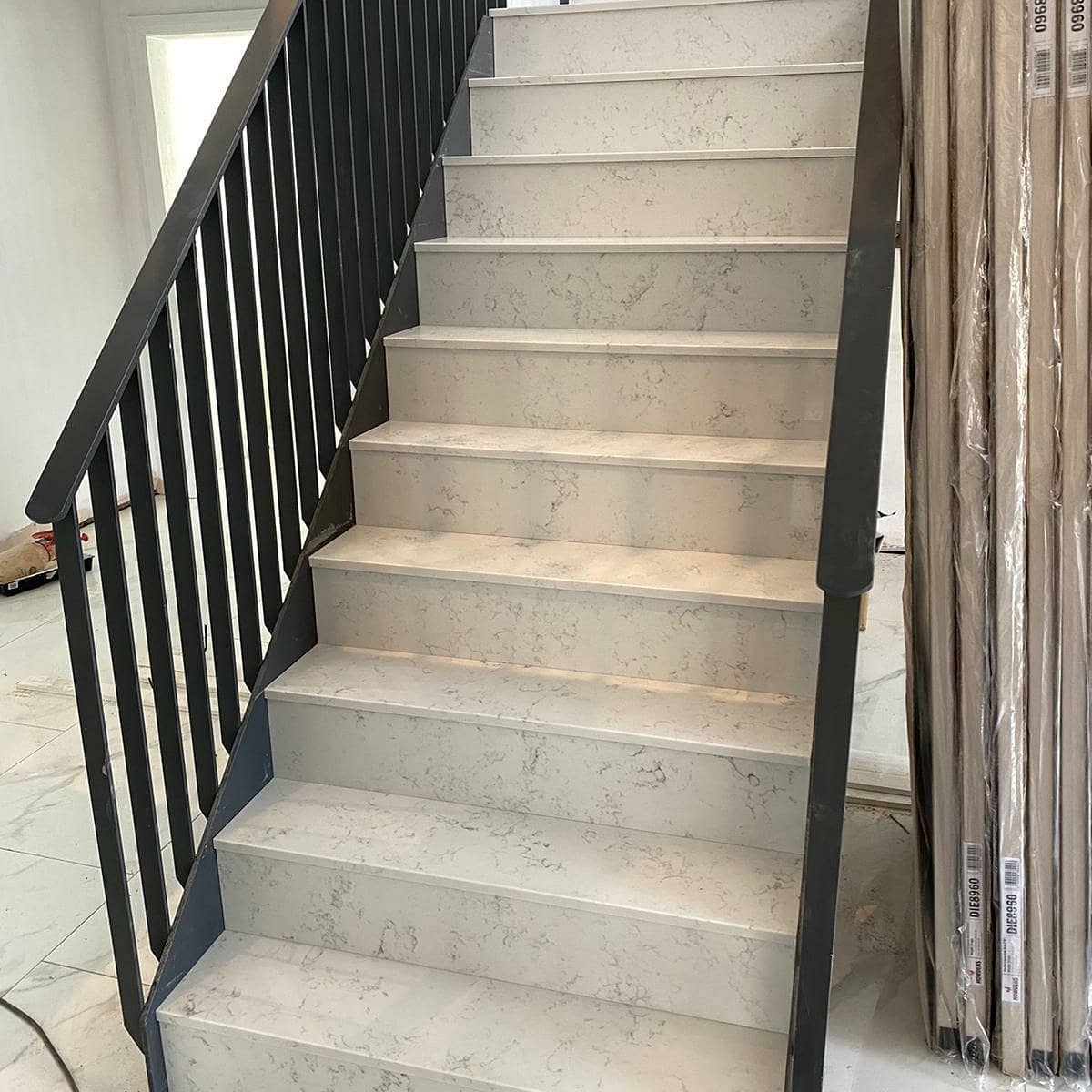
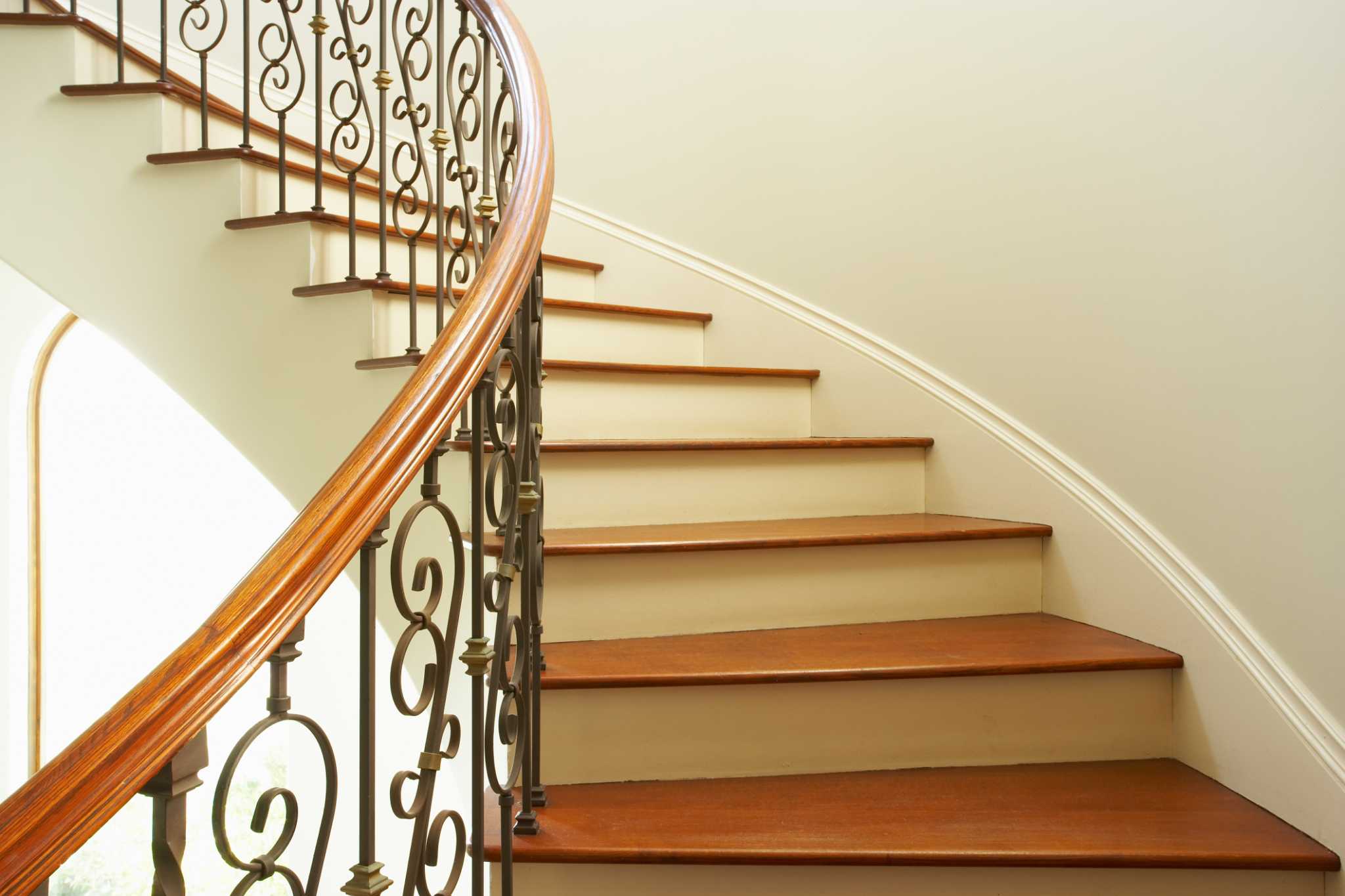
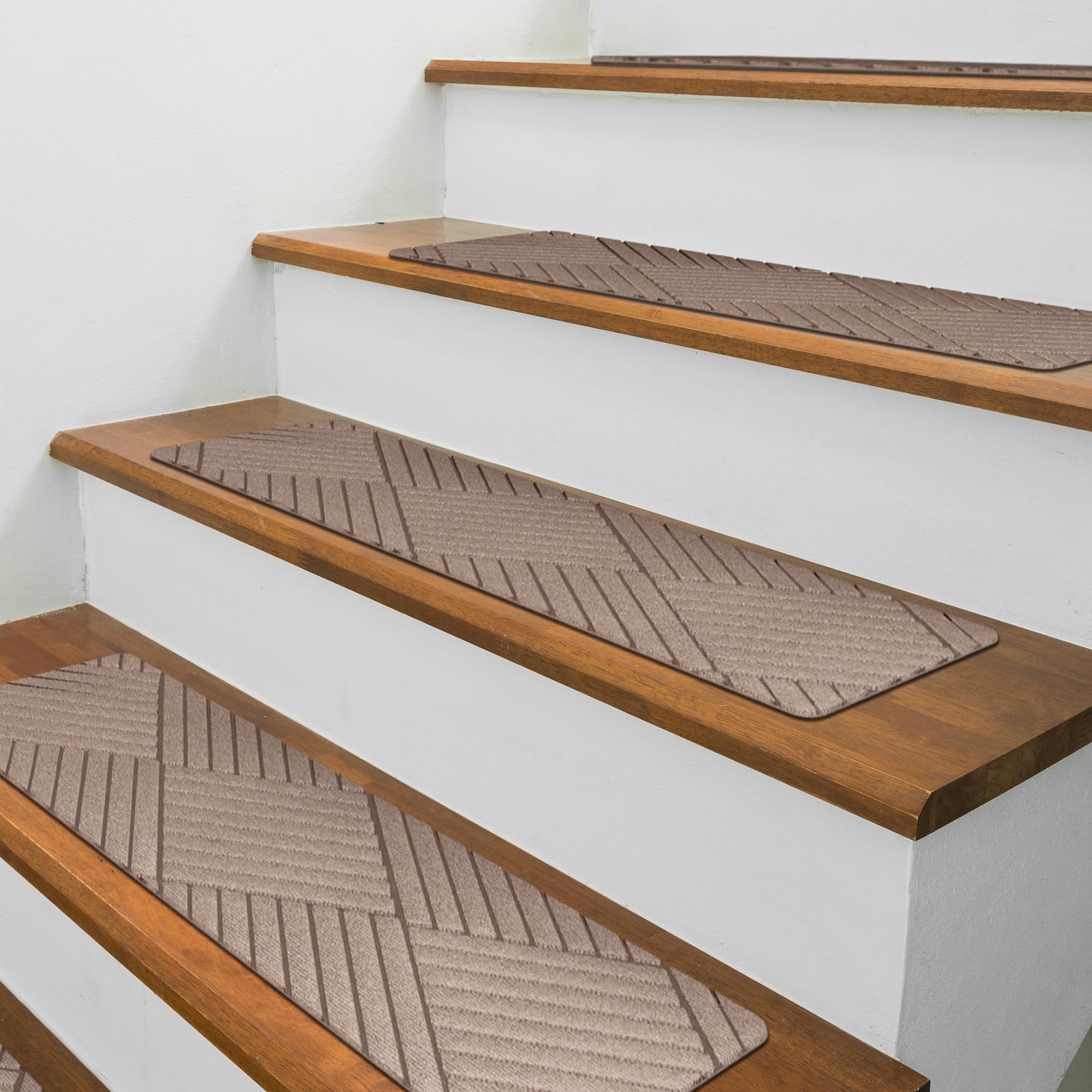
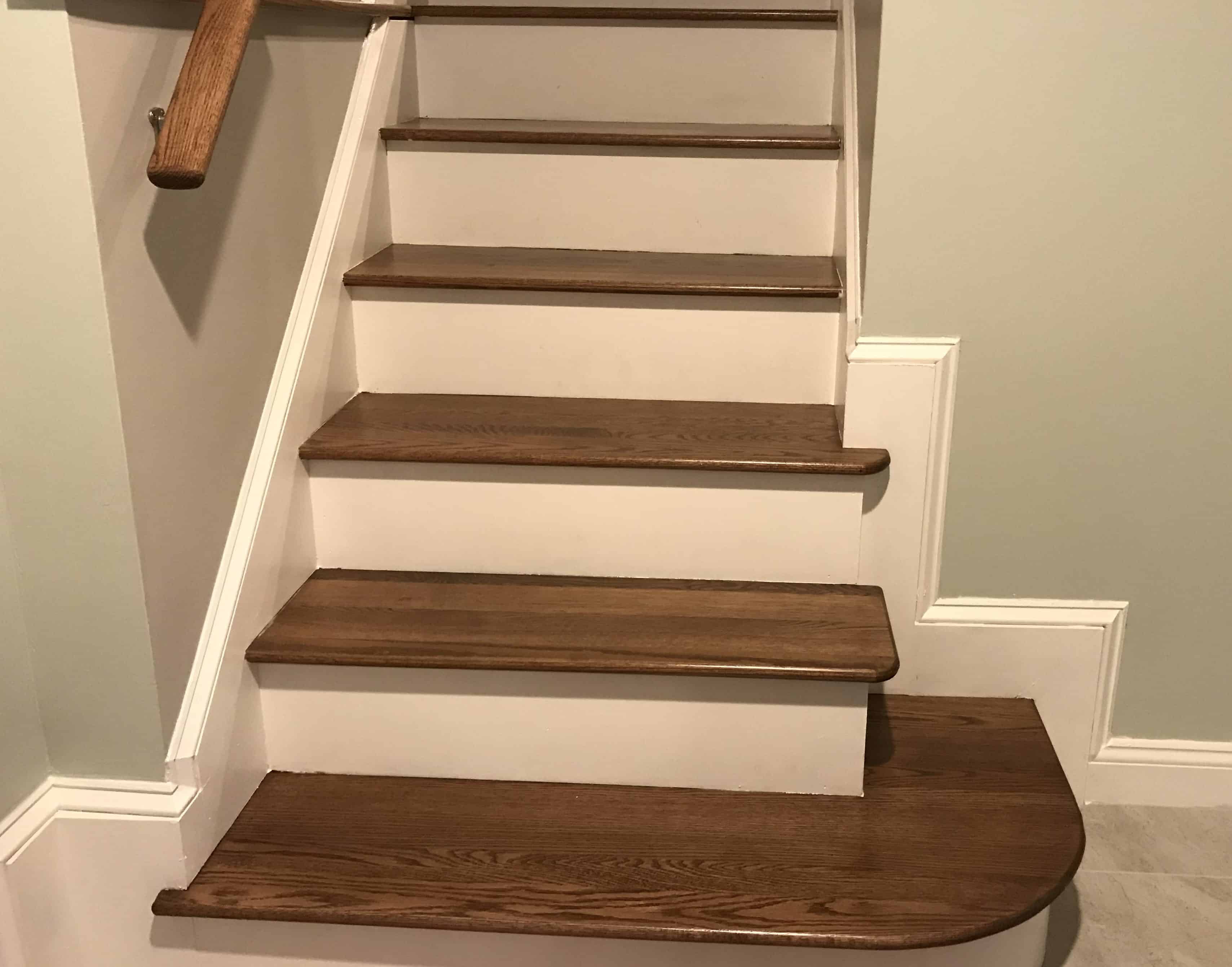
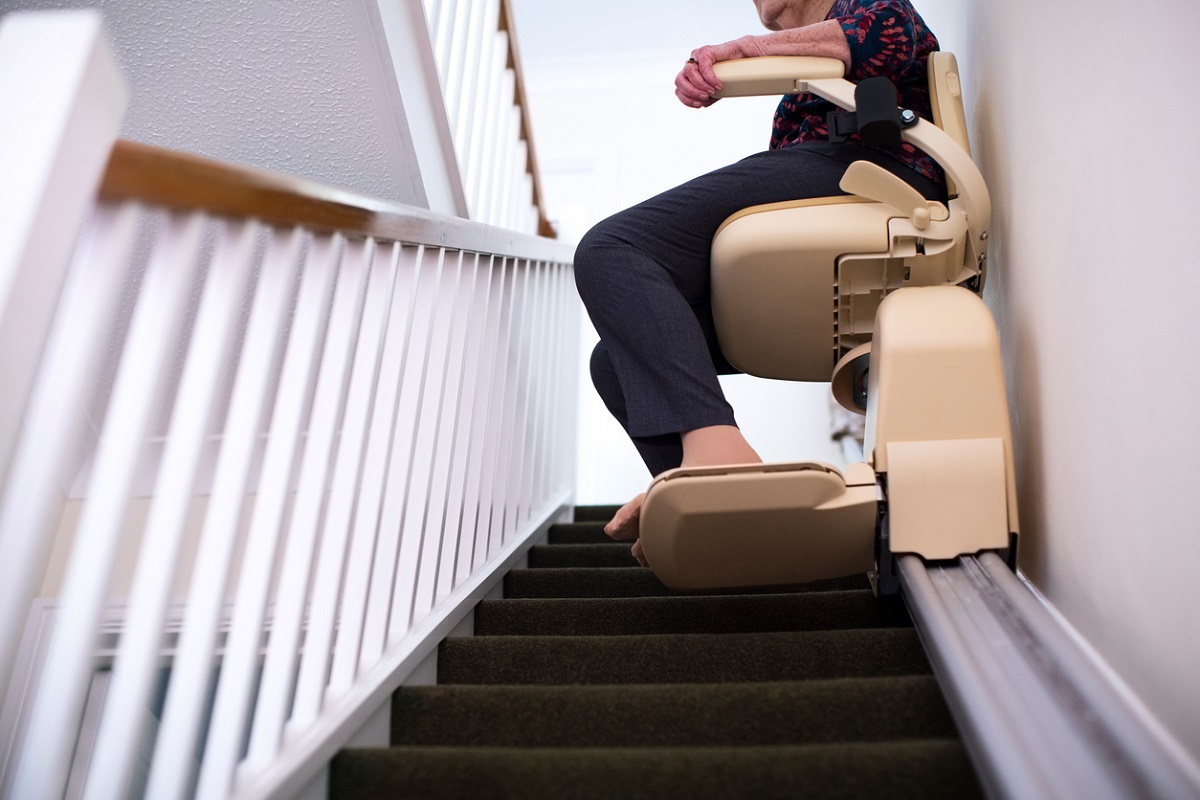
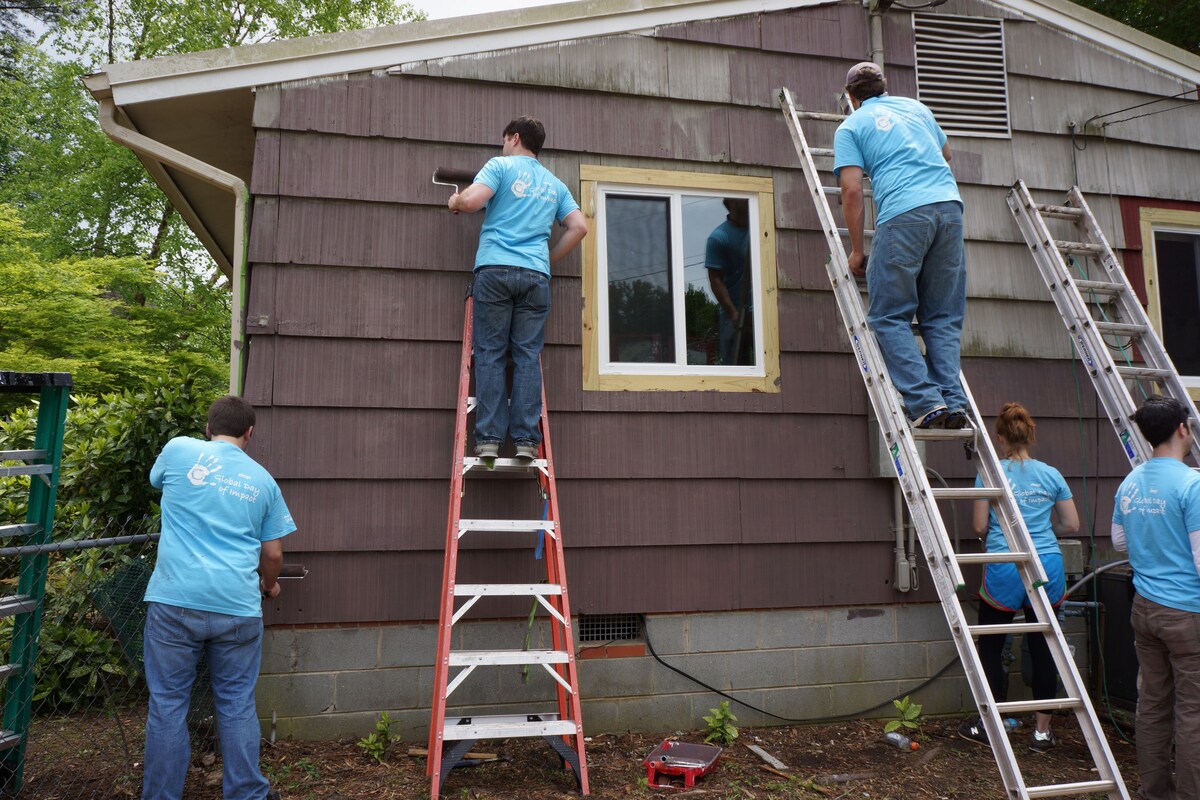
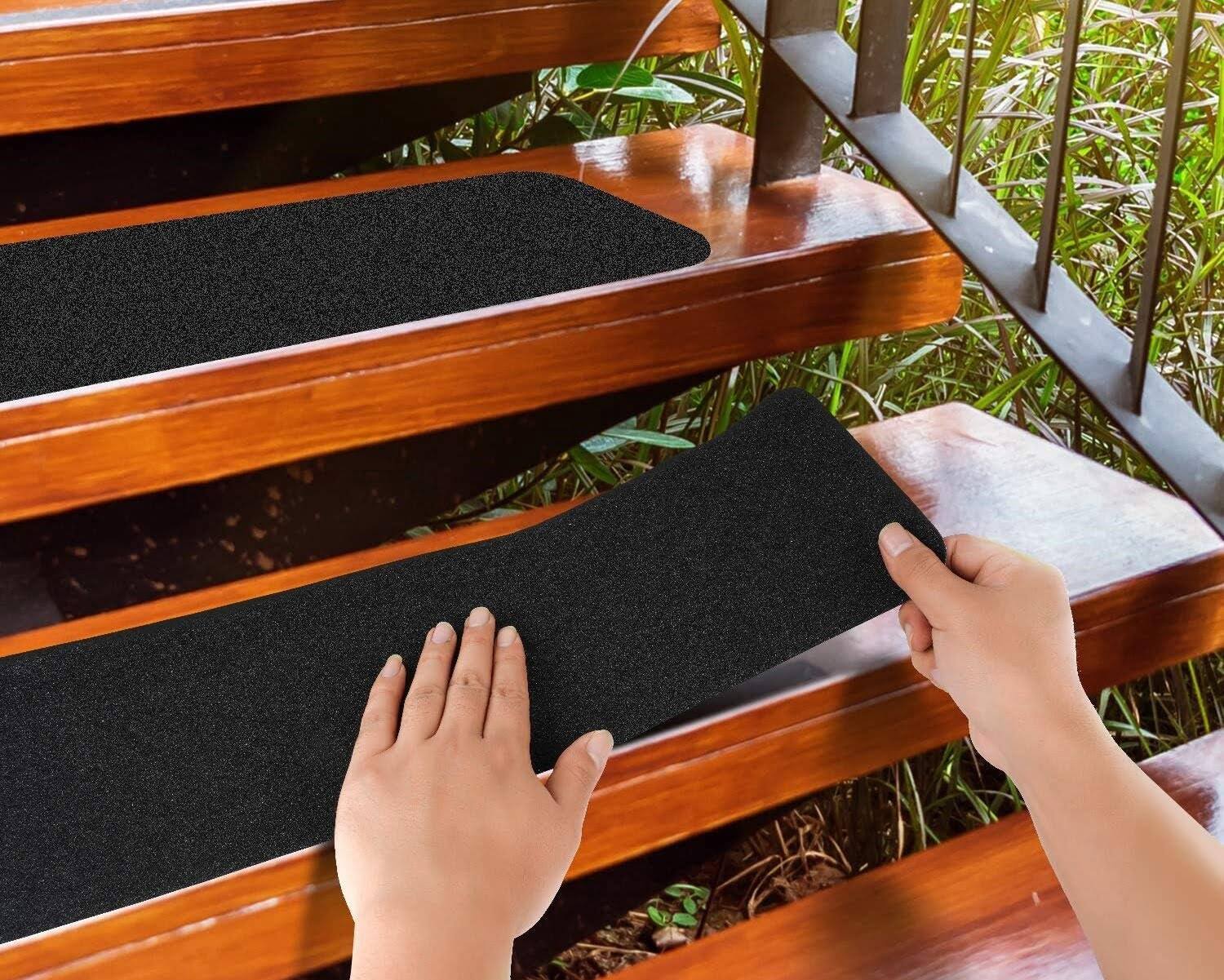

0 thoughts on “How To Make Stairs Safer For Elderly”